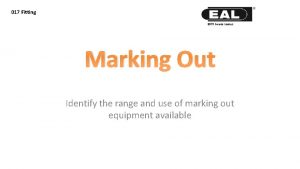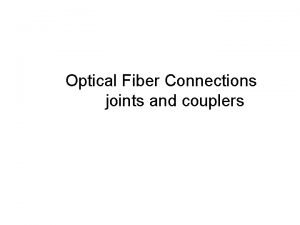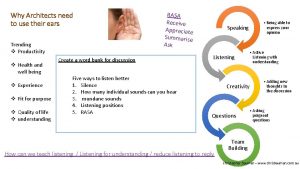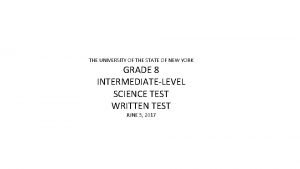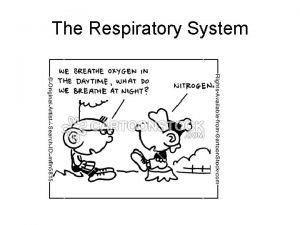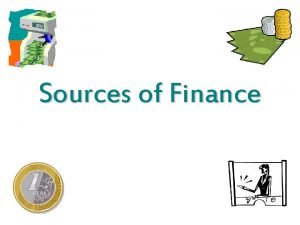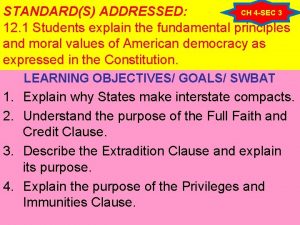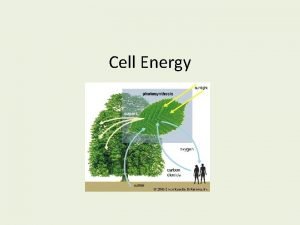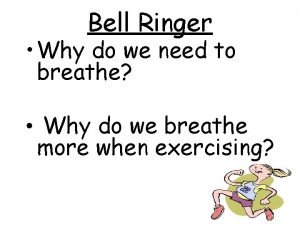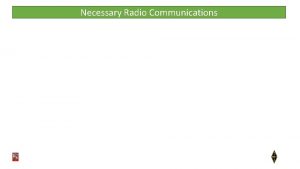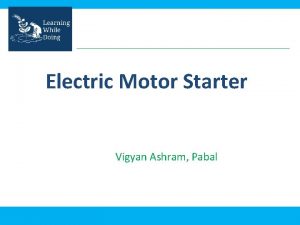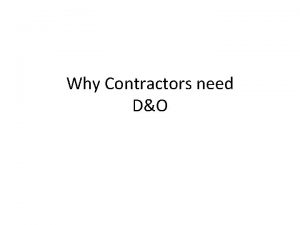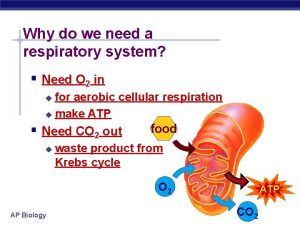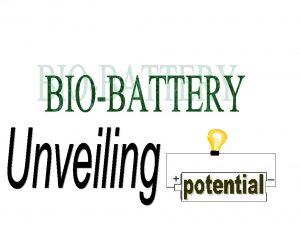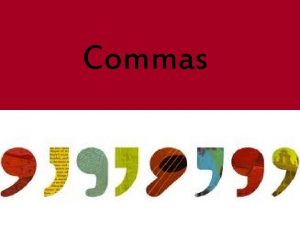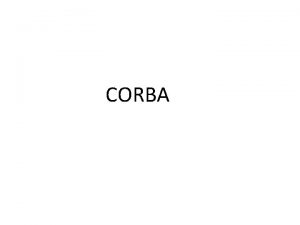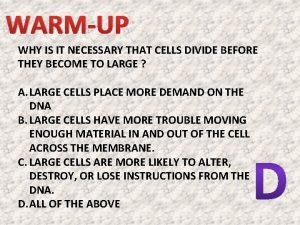Need for starter Why is starter necessary for

















- Slides: 17

Need for starter Why is starter necessary for a three-phase induction motor? At starting , the speed of motor is zero so that the back e. m. f. In the armature is zero. Ø Armature resistance is so low, if it is connected to power supply directly ; huge current will pass thru armature. Ø The huge current may damage the machine, major heat, very high speed in case.

DOL Starter C/B K 1. 4 K 1. 2 K 1. 3 1 1 K 1. 1 Start 2 TOL Stop 3 TOL 4 M 3~ K 1/4 5

Motor Starting Characteristics on DOL Starter: Available starting current : Peak starting current : Peak starting torque: 100%. 6 to 8 Full Load Current. Advantages of DOL Starter: Most Economical and Cheapest Starter Simple to establish, operate and maintain Simple Control Circuitry Easy to understand trouble‐shoot. It provides 100% torque at the time of starting. Only one set of cable is required from starter to motor. Motor is connected in delta at motor terminals.

Disadvantages of DOL Starter: It does not reduce the starting current of the motor. High Starting Current: Very High Starting Current (Typically 6 to 8 times the FLC of the motor). Mechanically Harsh: Thermal Stress on the motor, thereby reducing its life. Voltage Dip: There is a big voltage dip in the electrical installation because of high in -rush current affecting other customers connected to the same lines and therefore not suitable for higher size squirrel cage motors High starting Torque: Unnecessary high starting torque, even when not required by the load, thereby increased mechanical stress on the mechanical systems such as rotor shaft, bearings, gearbox, coupling, chain drive, connected equipments, etc. leading to premature failure and plant downtimes.

STAR DELTA STARTER Stator winding is connected on star at starting Phase voltage is reduced by 1/√ 3 Due to reduced voltage starting current is Limited Stator winding is connected in delta when motor gathers sufficient speed ( running Condition )

Primary Resistance starter or Stator Resistance Starter Running Start Reduced voltage to stator, Three resistance is added in series to the stator winding Initial R MAX Due to large voltage drop in R HIGH starting current is reduced

Auto transformer Starter


SPEED CONTROL OF THREE PHASE INDUCTION MOTOR A three phase induction motor is basically a constant speed motor so it’s somewhat difficult to control its speed. If Speed is achieved by some means, the performance of induction motor in terms of Power Factor, Efficiency gets affected. Synchronous speed The speed of induction motor is given by, Where N is the speed of rotor of induction motor, Ns is the synchronous speed, S is the slip. The torque produced by three phase induction motor is given by,

The Speed of Induction Motor is can be controlled by TWO methods 1. Control from Stator Side 2. Control from Rotor Side The speed control of three phase induction motor from stator side are further classified as : 1. 2. 3. 4. Supply frequency control or V / f control Changing the number of stator poles. Controlling supply voltage. Adding rheostat in the stator circuit The speed control of three phase induction motor from Rotor side are further classified as : 1. Adding external resistance on rotor side. 2. Cascade control method. 3. Injecting an emf (Voltage) in the rotor side.

By changing the SUPPLY frequency or Applied frequency Thus, synchronous speed changes with change in supply frequency, and thus running speed also changes. This method is not widely used. This method is used where, only the induction motor is supplied by a generator (so that frequency can be easily change by changing the speed of prime mover). Induction motor is equal to transformer E or V = 4. 44 f T K Ф Variable V, F DC AC Rectifier Inverter 3 Ф IM

By changing the applied voltage This method is the easiest and cheapest, still rarely used because 1) A large change in supply voltage is required for relatively small change in speed. 2) Large change in supply voltage will result in large change in flux density, hence disturbing the magnetic conditions of the motor Methods of controlling Using auto transformer Primary resistance connected in series in stator winding The torque produced by running three phase induction motor is given by In low slip region (s. X)2 is very small as compared to R 2. So, it can be neglected. So torque becomes Since rotor resistance, R 2 is constant so the equation of torque further reduces to

Changing the number of stator poles This method is generally used for squirrel cage induction motors as squirrel cage rotor adapts itself for any number of stator poles. Change in stator poles is achieved by two or more independent stator windings wound for different number of poles in same slots. For example, a stator is wound with two 3 phase windings, one for 4 poles and other for 6 poles. for supply frequency of 50 Hz i) synchronous speed when 4 pole winding is connected, Ns = 120*50/4 = 1500 RPM ii) synchronous speed when 6 pole winding is connected, Ns = 120*50/6 = 1000 RPM

The speed control of three phase induction motor from Rotor side are further classified as : 1. Adding external resistance on rotor side. 2. Cascade control method. 3. Injecting an emf (Voltage) in the rotor side.

Injecting Slip-Frequency E. M. F. into Rotor Circuit In this method, a voltage is injected in the rotor circuit. The frequency of rotor circuit is a slip frequency and hence the voltage to be injected must be at a slip frequency. It is possible that the injected voltage may oppose the rotor induced e. m. f. or may assist the rotor induced e. m. f. If it is in the phase opposition, effective rotor resistance increases. If it is in phase of rotor induced e. m. f. , effective rotor resistance decreases. Thus by controlling the magnitude of the injected e. m. f. , rotor resistance and effectively speed can be controlled. Practically two methods are available which use this principle. These methods are, 1. Kramer system 2. Scherbius system

Kramer system

Scherbius system
 Hey bye bye
Hey bye bye Difference of ncbts and ppst
Difference of ncbts and ppst Why was federal system felt necessary in nepal
Why was federal system felt necessary in nepal Why is sleep necessary
Why is sleep necessary Engineers marking out table
Engineers marking out table Fiber joint
Fiber joint Dont ask why why why
Dont ask why why why Why architects need to use their ears
Why architects need to use their ears Shylock definition
Shylock definition Which principle
Which principle Why do we need to breathe
Why do we need to breathe Why do businesses need finance
Why do businesses need finance Why we need computer
Why we need computer Lamillae
Lamillae Why do we need arrays?
Why do we need arrays? Why might states feel the need to form compacts
Why might states feel the need to form compacts Why does a cell need energy
Why does a cell need energy Aerobic vs anaerobic respiration
Aerobic vs anaerobic respiration




